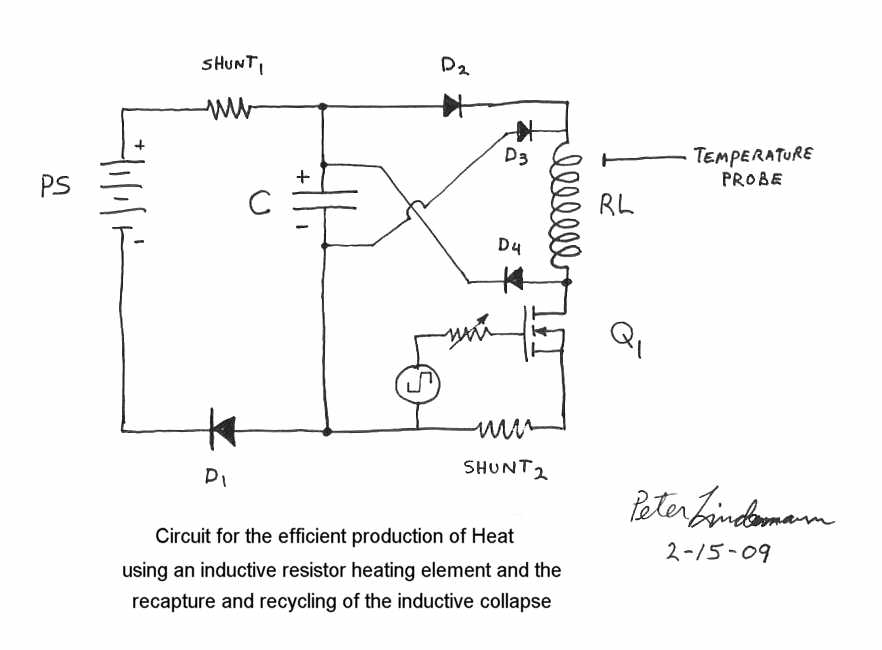Originally posted by Michael John Nunnerley
View Post
that is strange
 if you did not see the private video then someone else was able to access
if you did not see the private video then someone else was able to access since it now says it has 4 views and I know for sure I only had 2 views which I did. I guess there is nothing really private
since it now says it has 4 views and I know for sure I only had 2 views which I did. I guess there is nothing really private
Anyways, you're right I used my SG to switch the IRF640 Mosfet since I thought you said you had a 50% duty cycle. I'll try it with the 555 and Neon and play with duty cycles to see what I come up with.
Luc








 and so will not publish, very wierd.
and so will not publish, very wierd.
 Golly.
Golly. 
Comment